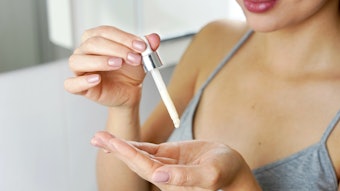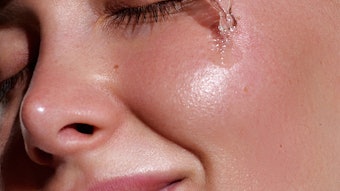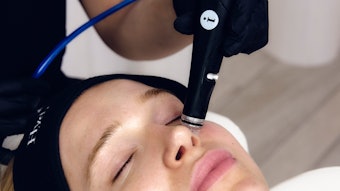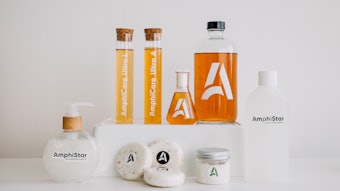When designing a topical delivery system, it is important to understand the possible penetration pathways. There are principally four routes for skin penetration. Of those, the intercellular pathway through the intercellular lipids is the route for most molecules. Water also penetrates via this pathway.
The organization of the intercellular lipid domains in the stratum corneum (SC) is considered to be very important for the skin barrier function. The SC lipids are composed mainly of long chain ceramides, free fatty acids and cholesterol. These form a bilayer lamellar structure that, although organized, shows a multifaceted polymorphism. The intercellular lipids are predominantly present in their gel crystalline form, but with a sub-population of lipids in their liquid crystalline form. The solid gel phases are mainly composed of saturated lipids, whereas the liquid crystalline phases are mainly composed of unsaturated lipids.
This article describes physical characterization and in vitro skin penetration of a delivery system composed of lecithins, oleic acid, oil and water. A skin penetration study reported here suggests a correlation between the structure and thermodynamic state of the system and its skin penetration profile. While small soft vesicles containing 5% oleic acid allowed penetration to deep layers of the skin, lamellar sheets generated with 15% oleic acid showed a creation of a reservoir in the SC.
This technology is a novel approach to delivering compounds to skin subtissues. It can be tailored to allow the creation of a reservoir in either the SC or the live epidermis and dermis.









![Lead Image2 [nas] 800x450px](https://img.cosmeticsandtoiletries.com/files/base/allured/all/image/2024/10/Lead_image2__NAS__800x450px.6704042d635b8.png?auto=format%2Ccompress&fit=crop&h=191&q=70&w=340)
